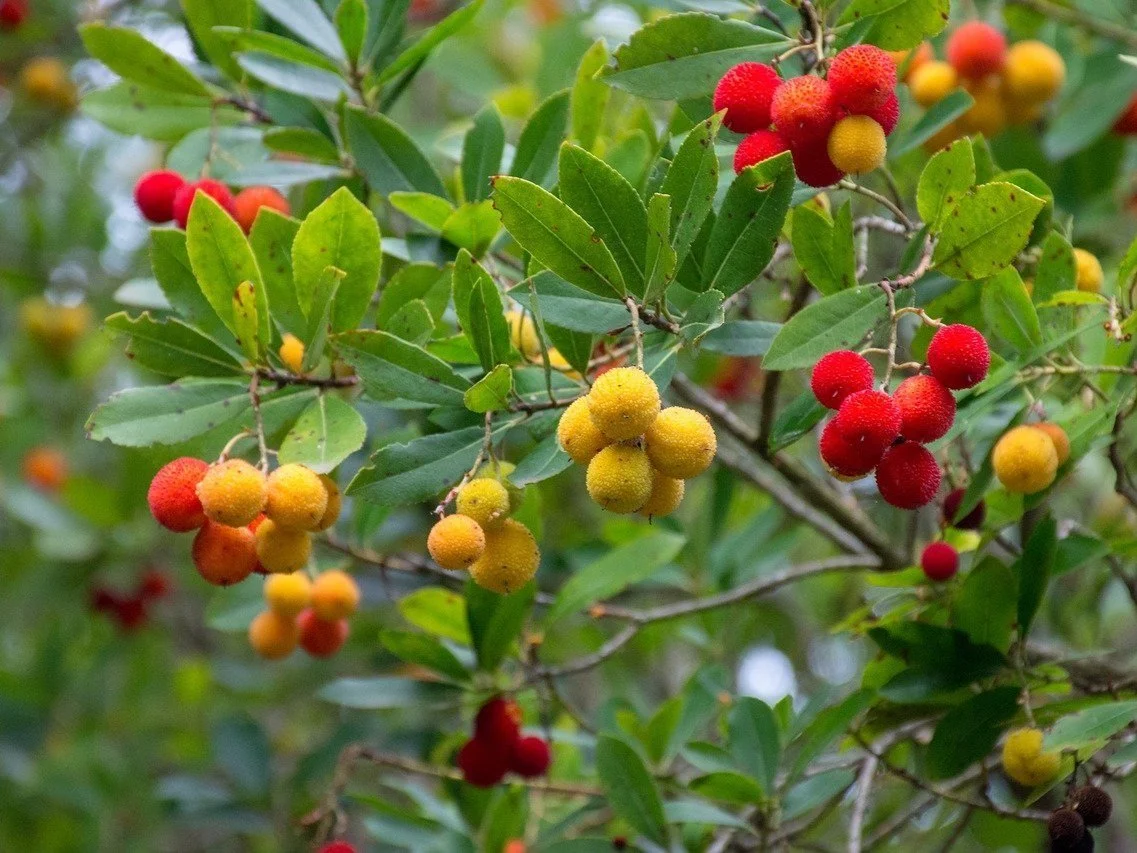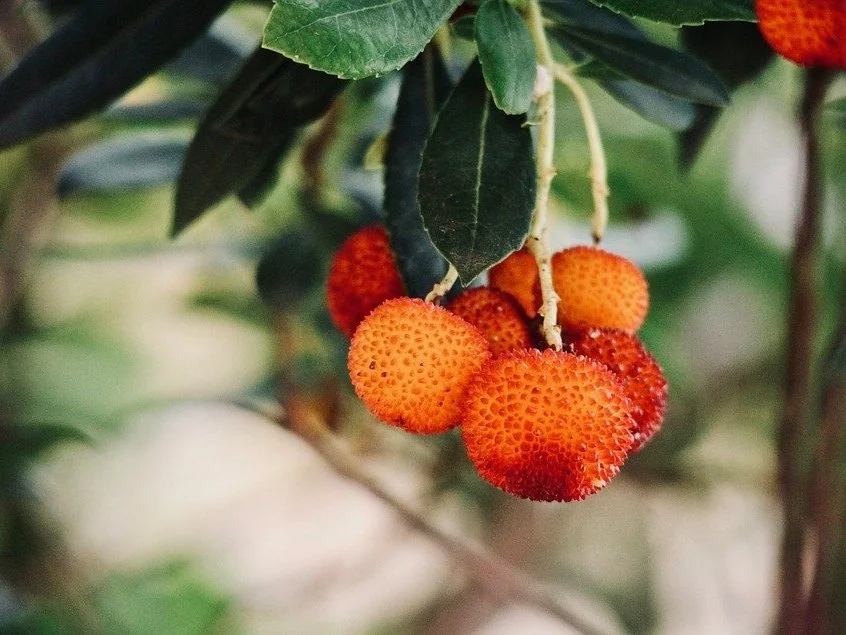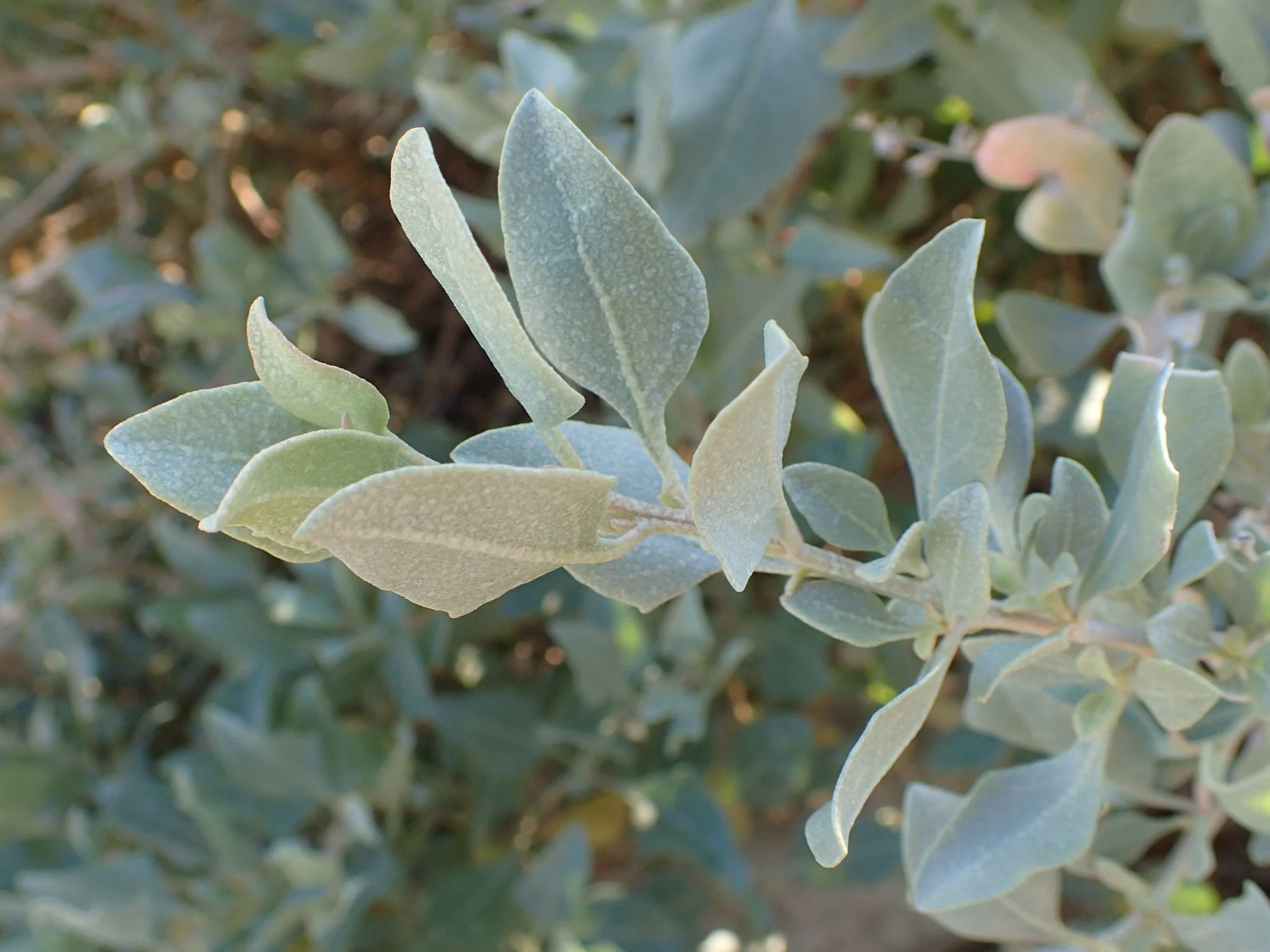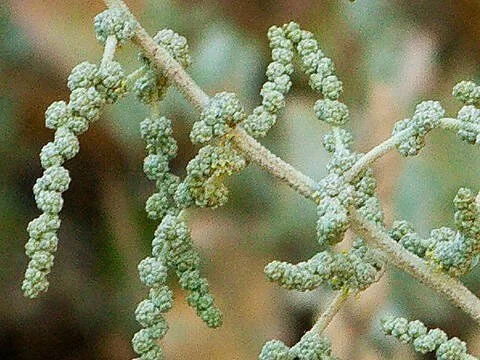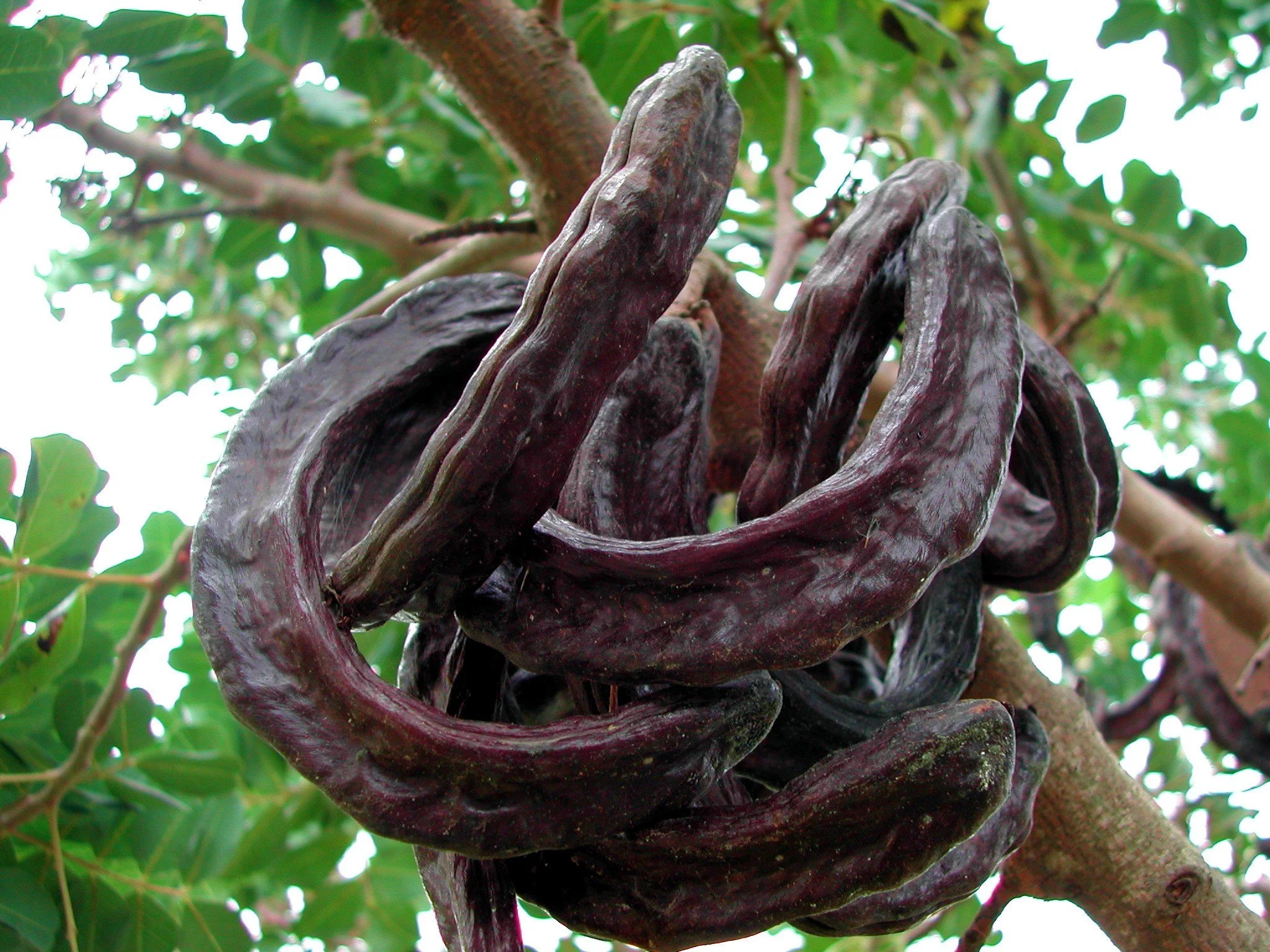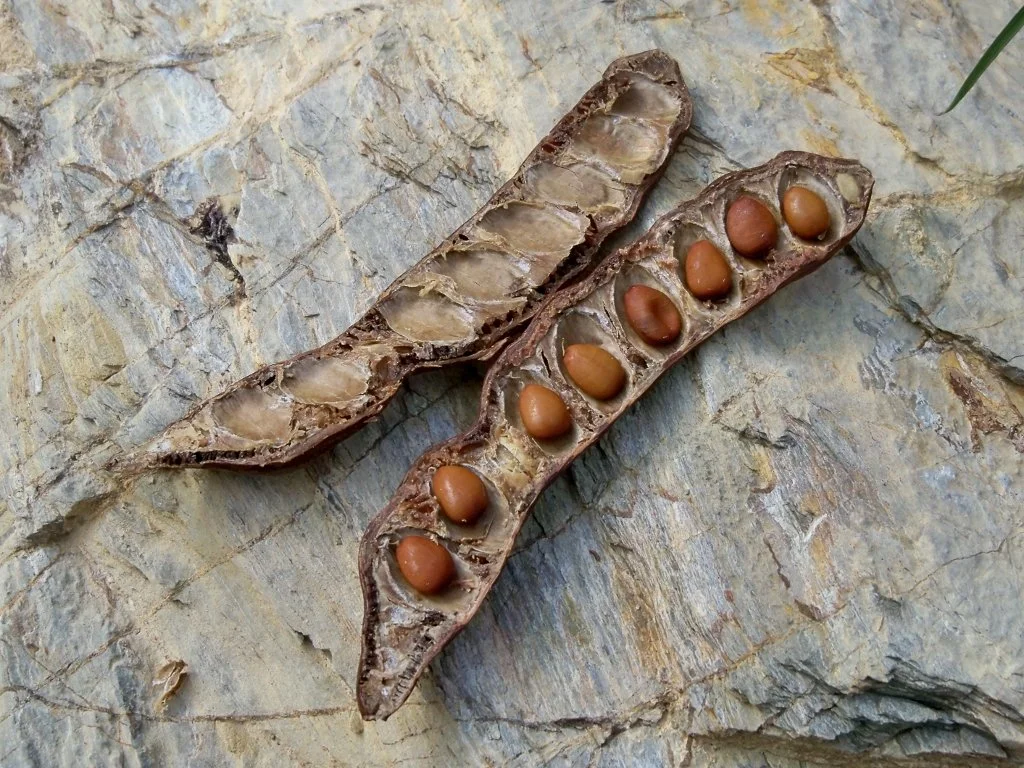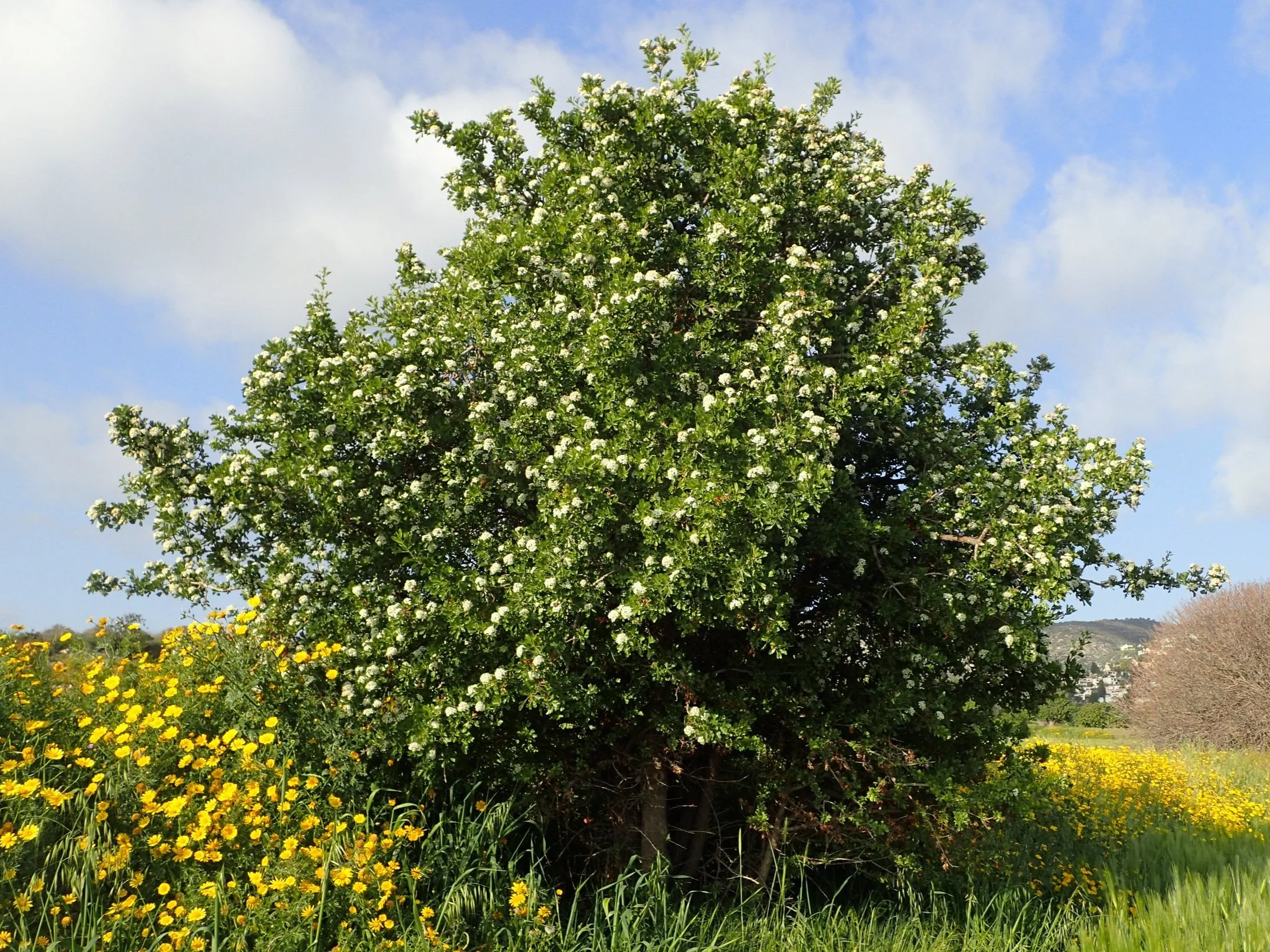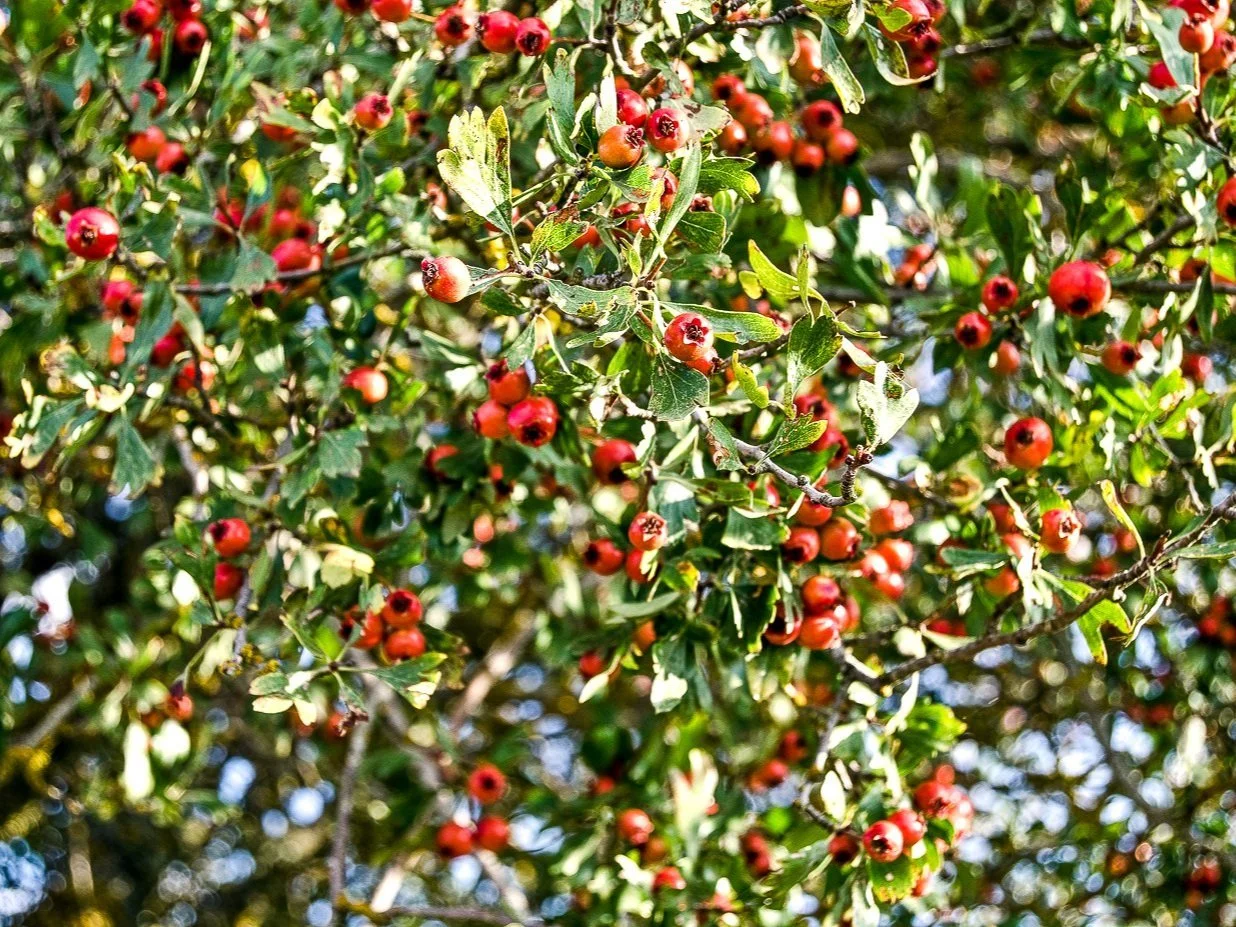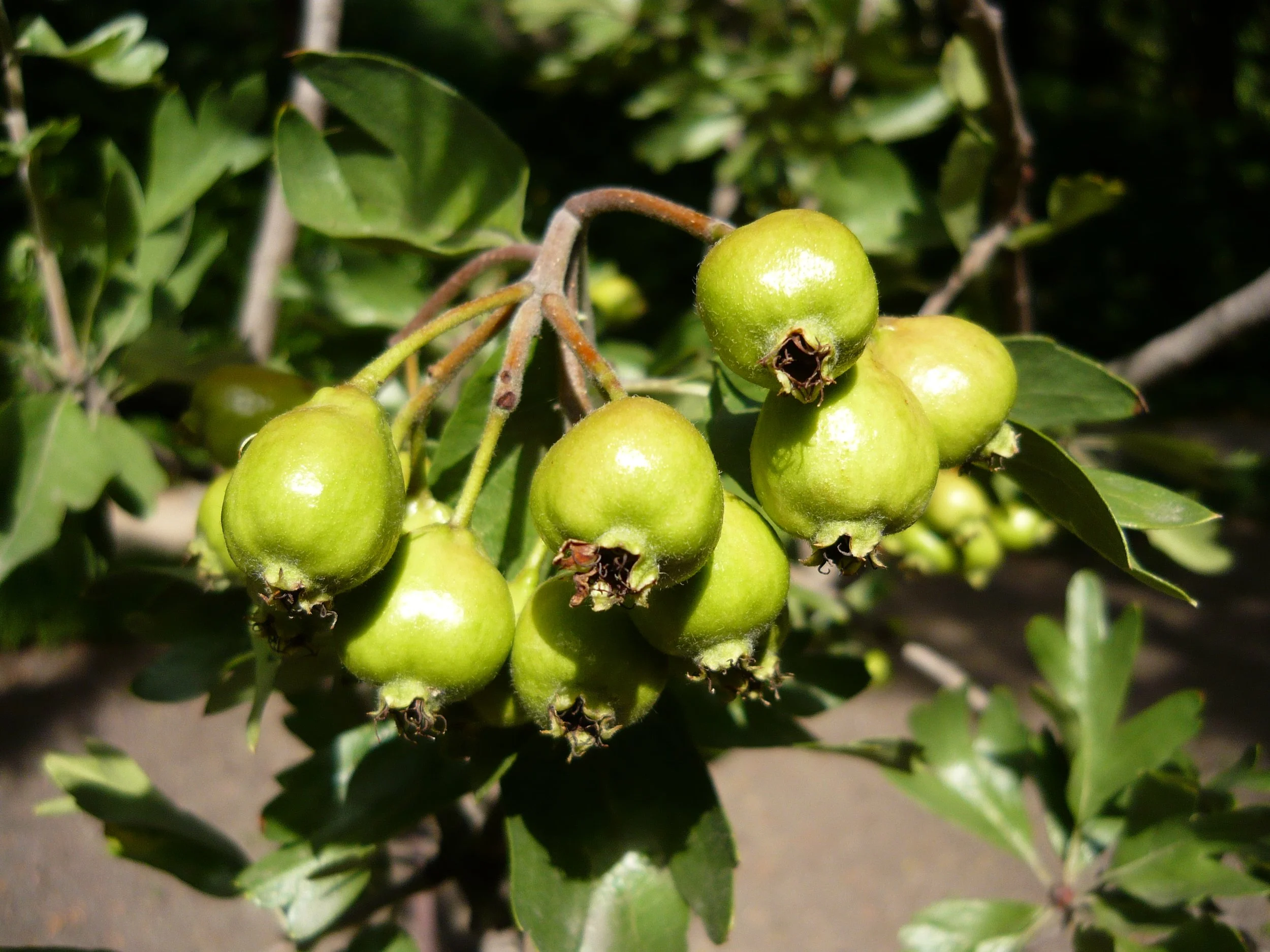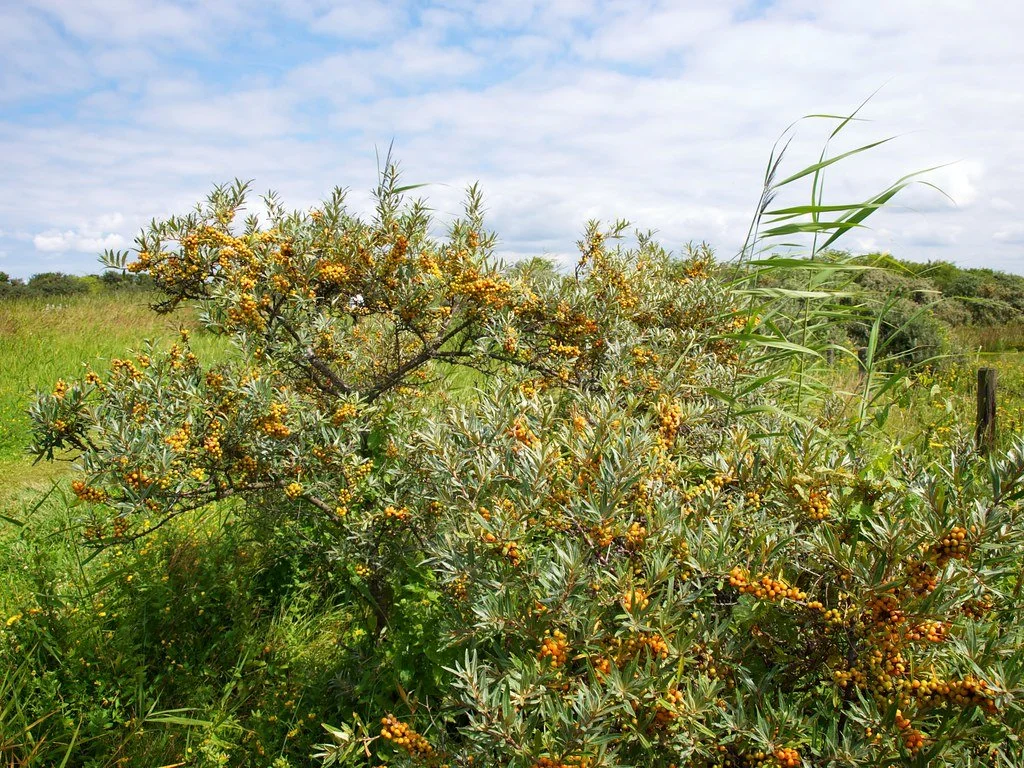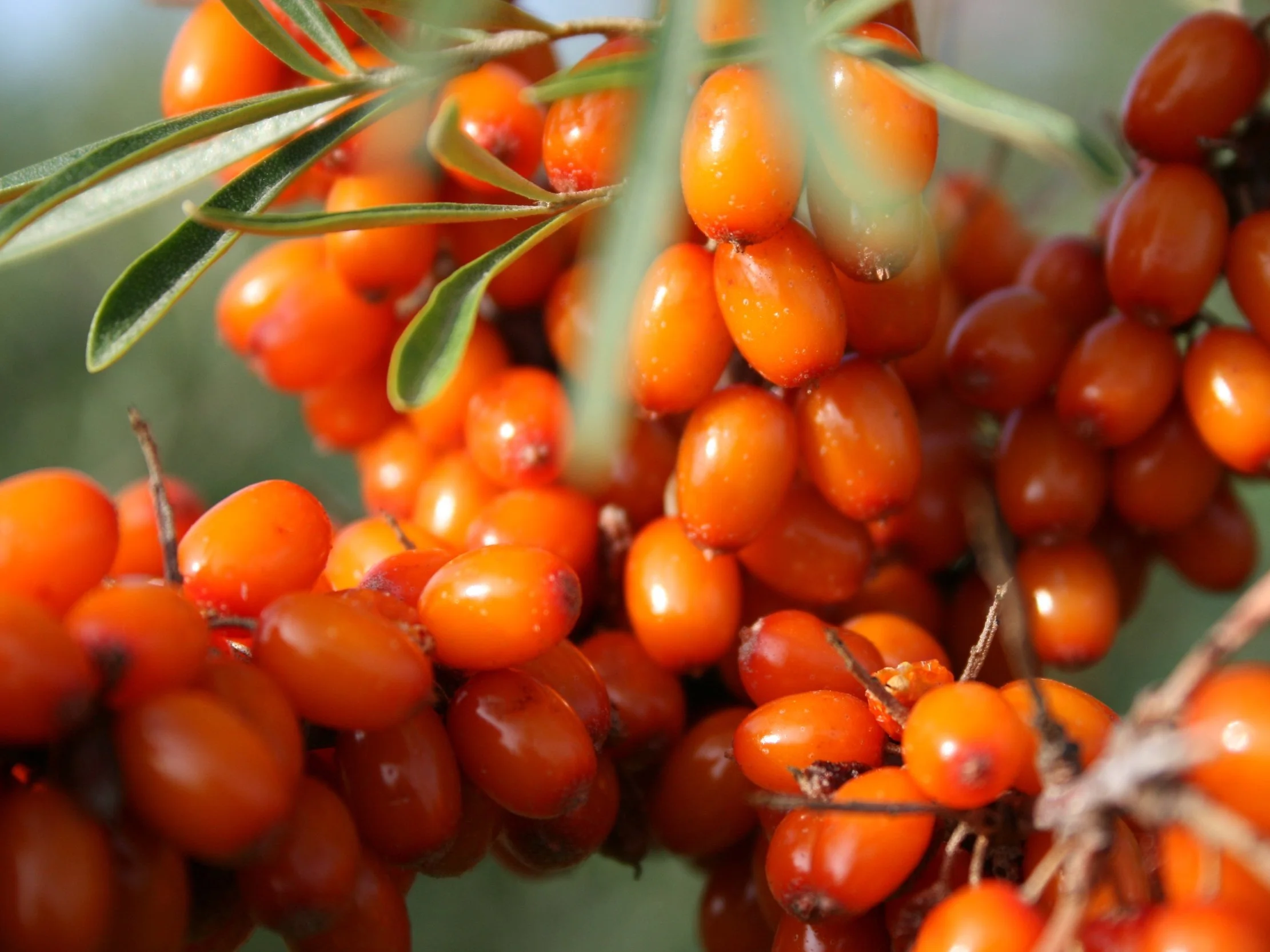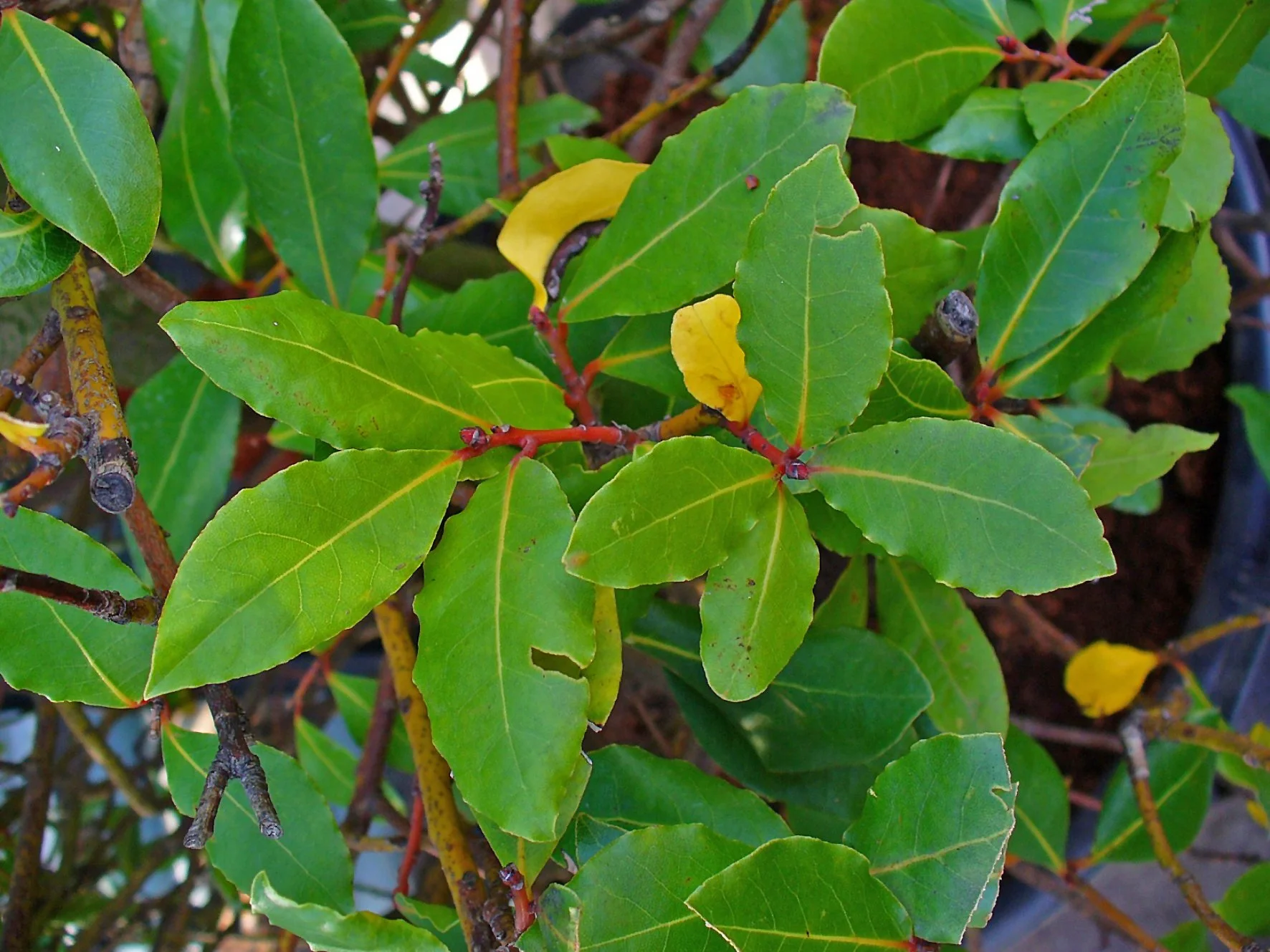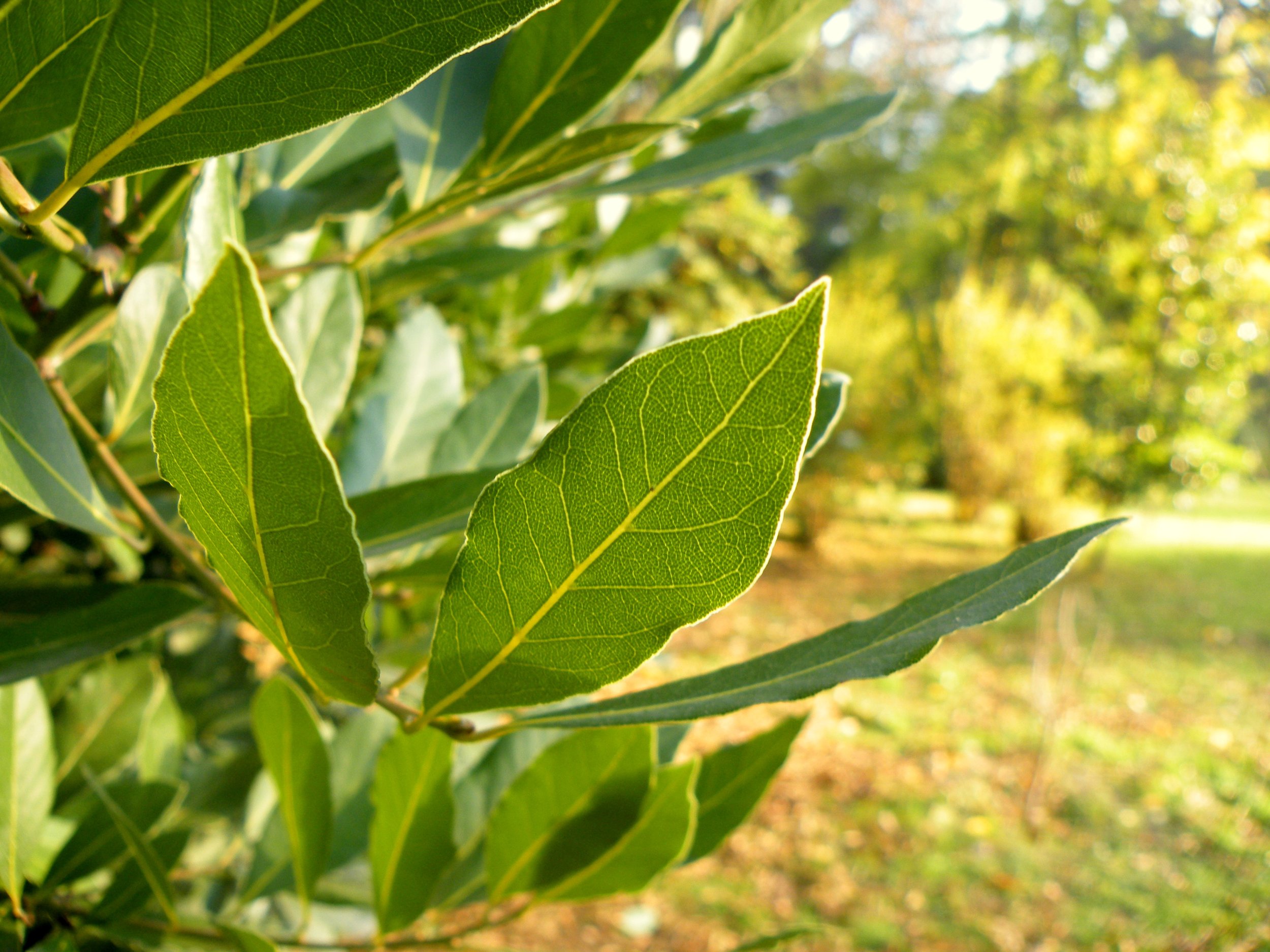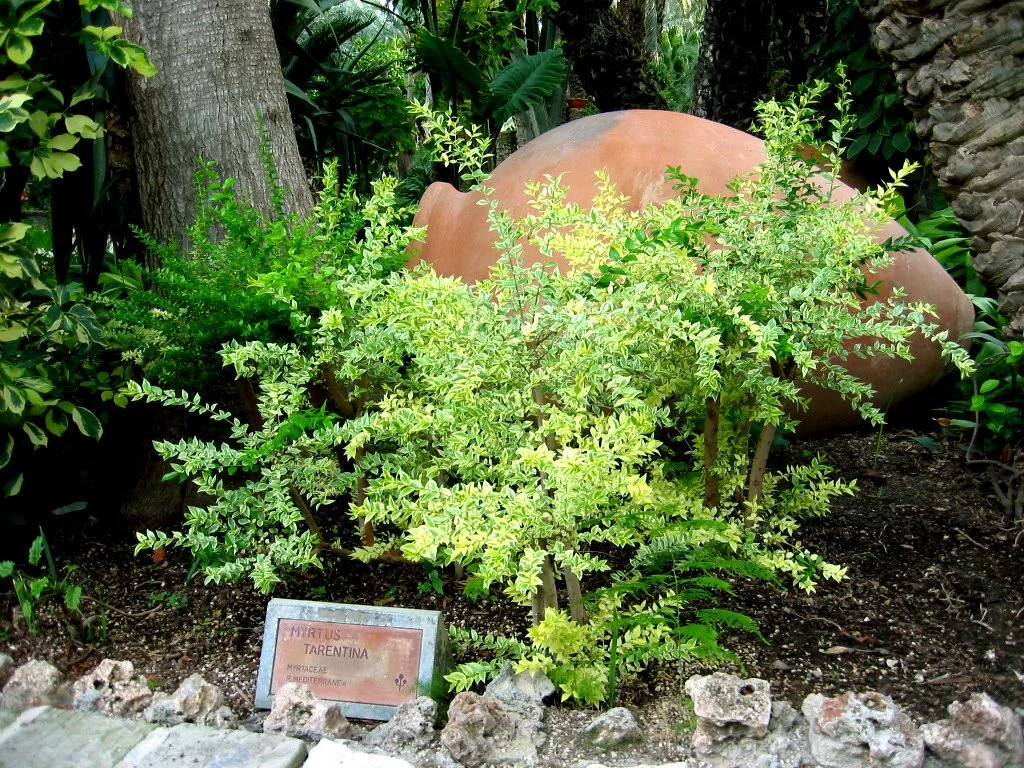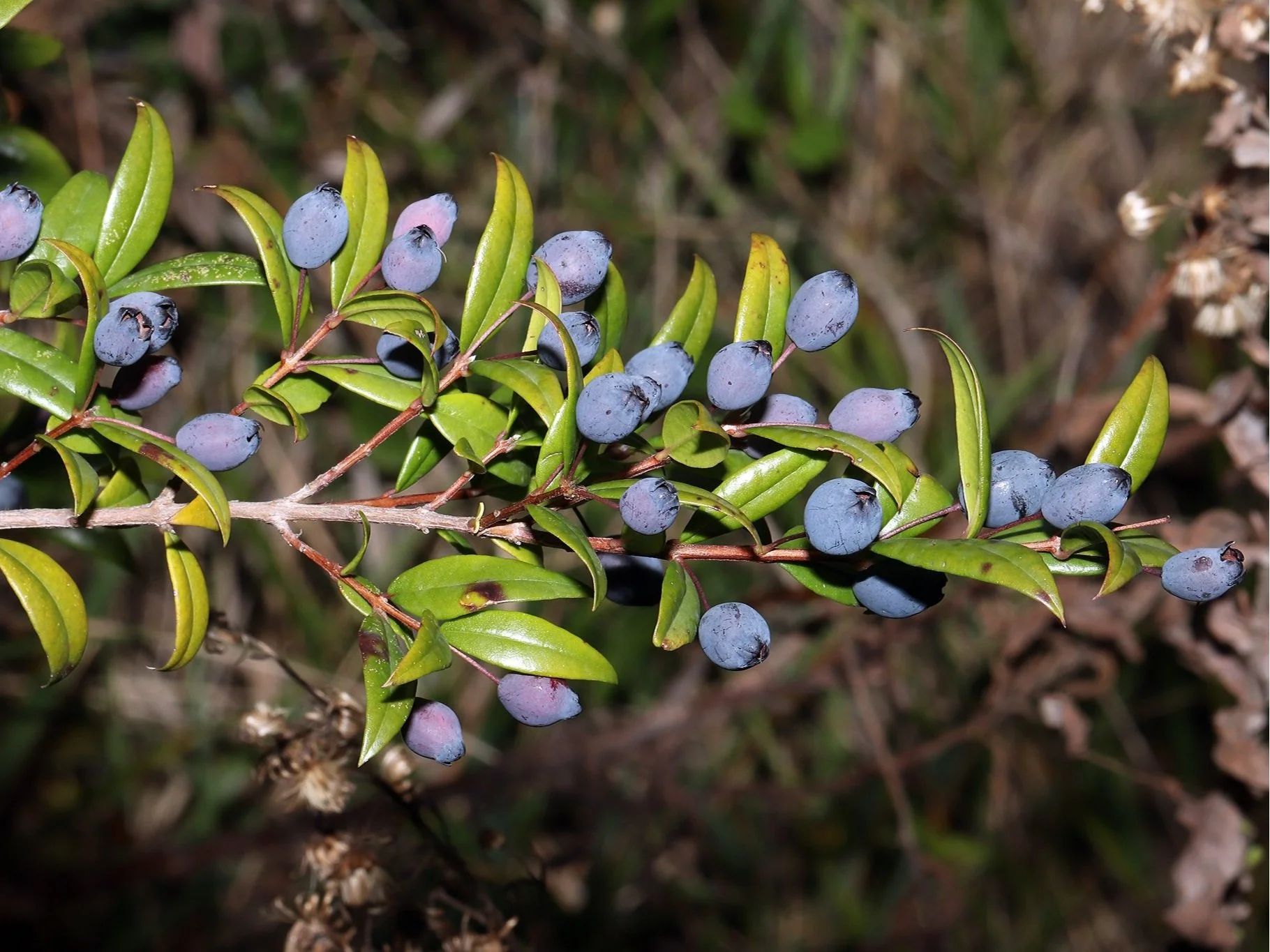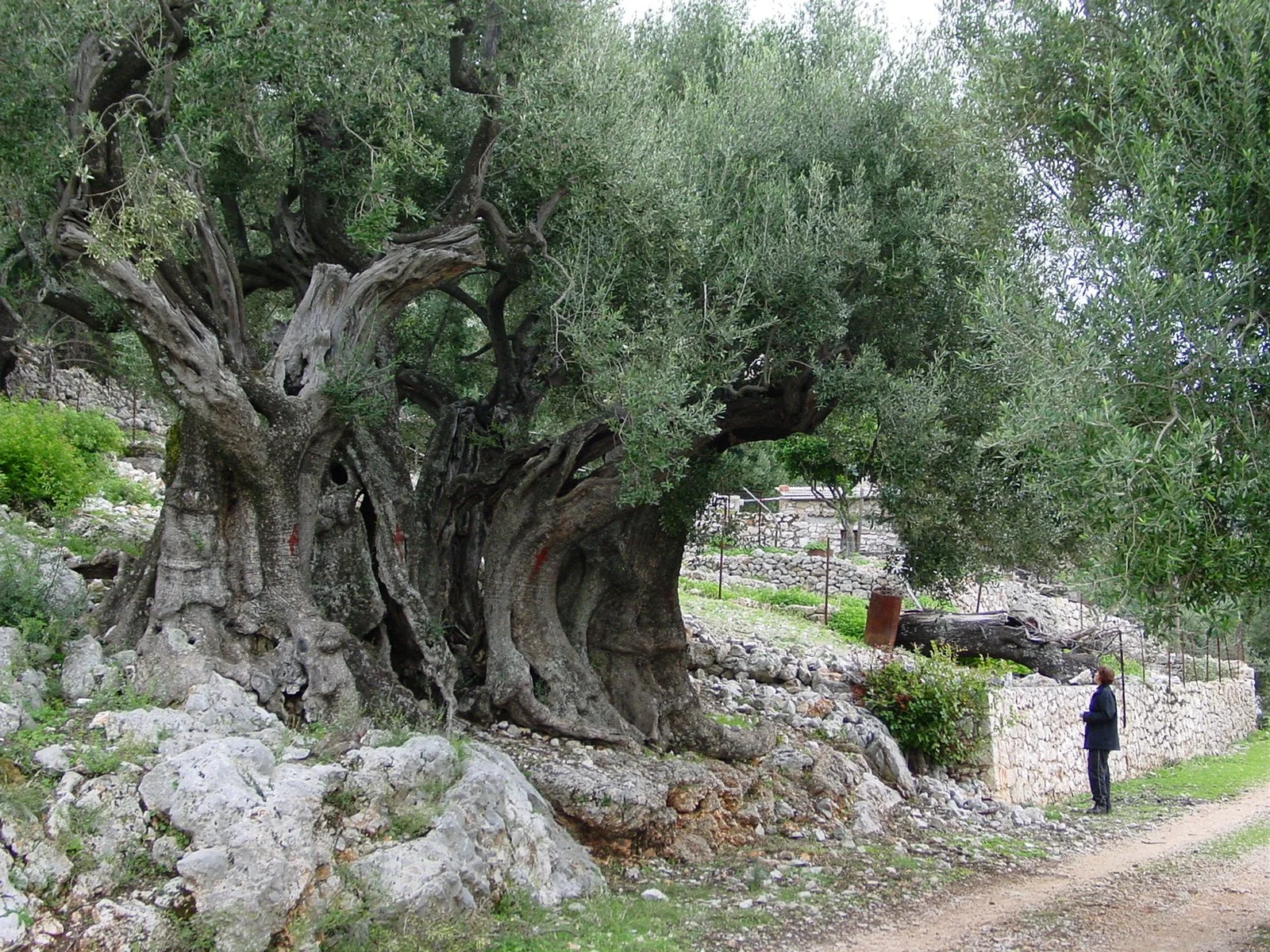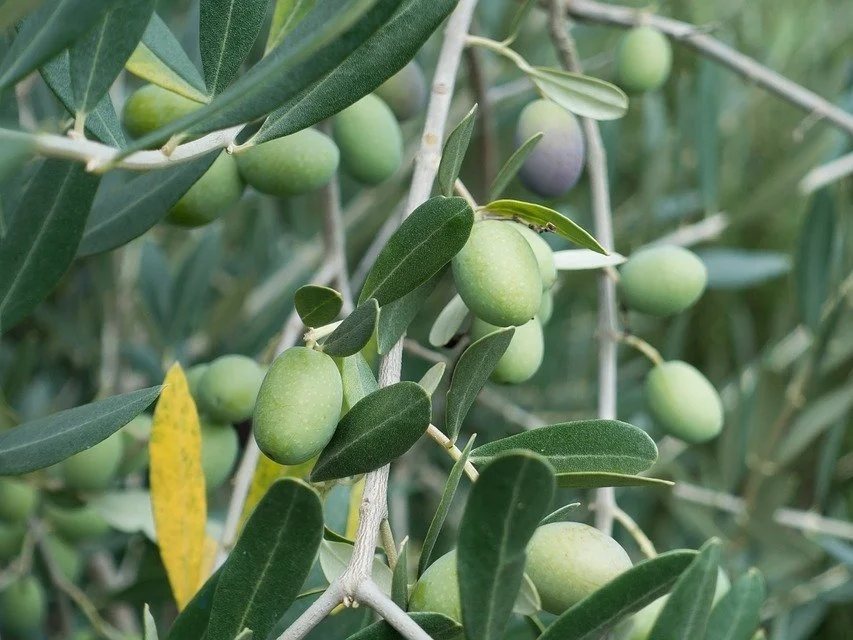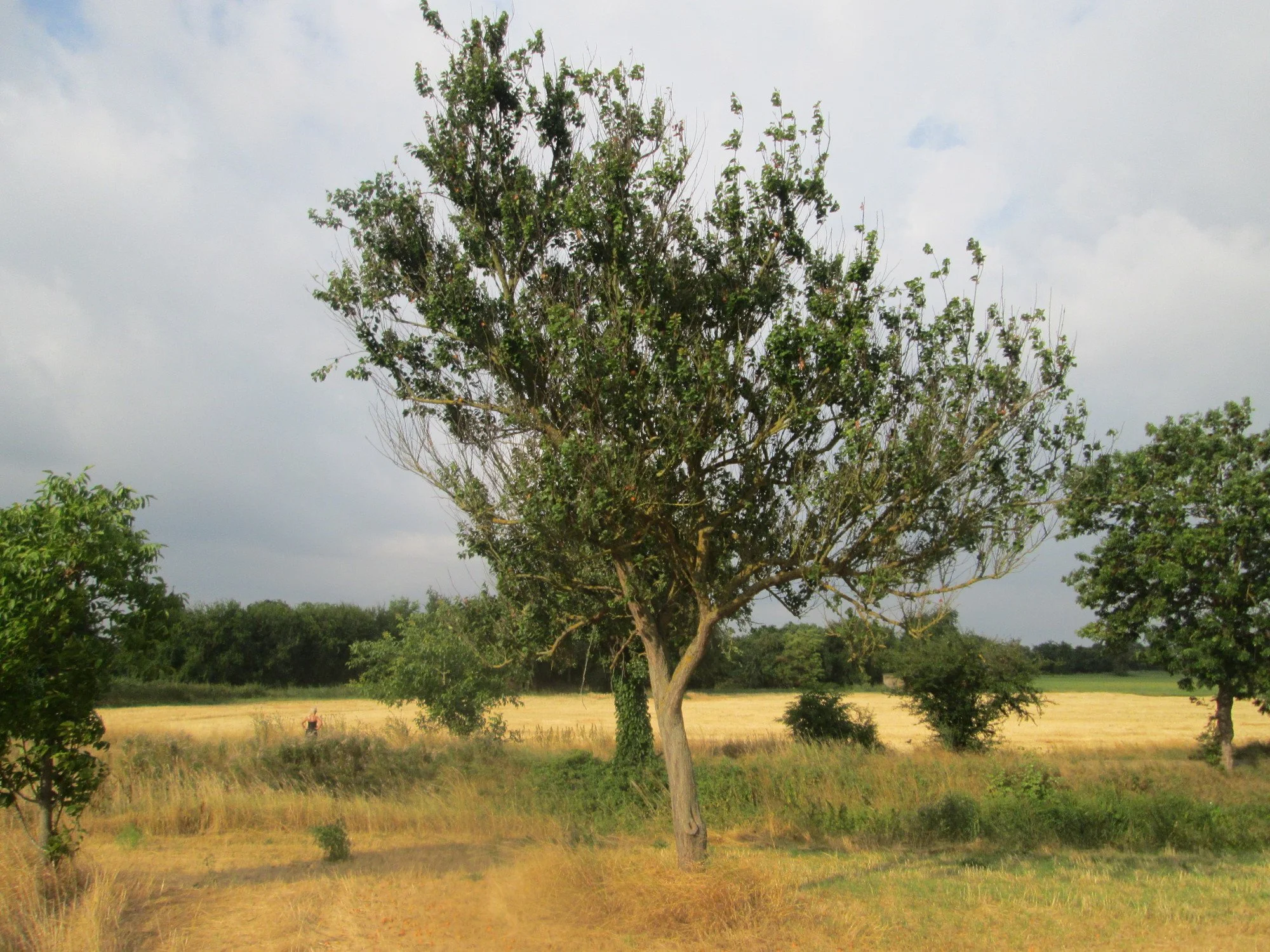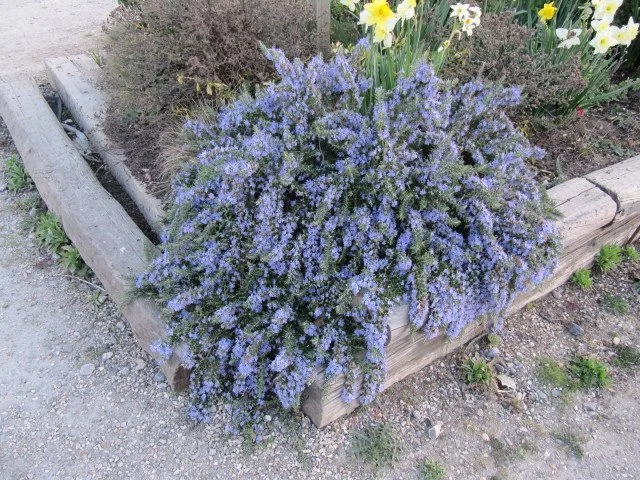Fruit trees from Europe
Join us on an amazing trip to the European ‘corner’ of the Orchard and explore the wonderful and diverse edible species to be found there. Learn about their names, varieties and edibility purposes.
If you wish to know more about each of the many many different species and varieties present at the Orchard of Flavours, feel free to dive into the complete database. Or even better, come for a visit and get to know us!
Arbutus unedo
Medronheiro, strawberry tree, arbousier
Edible parts:
Fruit is eaten raw or cooked. It does have a somewhat gritty skin, but the fruit itself has the texture of a lush tropical fruit and has a delicate pleasant flavour. The fruit contains about 20% sugars and can be used to make delicious and nourishing jams and preserves. In Portugal they make a traditional fruit brandy type alcohol called "aguardente de medronho".
Varieties at the Orchard:
Atlantic, Compacta, Denté, Peace and Love, Rubra, Marina
Atriplex halimus
Pourpier de mer, arroche marine, Mediterranean saltbush, sea orache
Edible parts:
Leaves can be eaten raw or cooked. They have a very nice rather salty flavour, they go well in salads or can be cooked like spinach. When lightly steamed, they retain their crispness and are a delicious spinach substitute. They retain their salty flavour even when grow inland in non-salty soils. Seeds can be ground into a meal and used as a thickener in soups, or mixed with cereals in making bread.
Ceratonia siliqua
Carob tree, alfarrobeira
Edible parts:
Seedpods - raw or ground into a powder. Rich in sugars and protein, the pulp is very sweet but fibrous. The pulp can be ground into a fine powder and used as a chocolate substitute.
Crataegus azarolus
Azarole, azerole, Mediterranean medlar
Edible parts:
Fruit mostly orange or yellow, but varying to whitish or red, it is apple-like in flavour. The fruit is like that of Irish whitethorns (haws) but larger and lighter red, with a pleasant, acid-sweet taste when grown in hotter climates. However, it does not ripen fully in colder climates, but it can be used for cooking and preserving.
Hippophae rhamnoides
Sea-buckthorn, argousier, espinheiro-marítimo
Edible parts:
Fruit - raw or cooked. Succulent and aromatic. They are too acid when raw for most people’s tastes. The fruit becomes less acid after a frost or if cooked. They are more commonly used for making fruit juice since they are high in vitamins and have an attractive aroma. The fruits can also be used in many of the ways lemon juice is used in salads, smoothies and various cooked dishes.
Varieties at the Orchard:
Ascola, Frugana, Polmix
Laurus nobilis
Laurel, bay tree, loureiro, laurier
Edible parts:
The aromatic leaves are added whole to Italian pasta sauces. Whole bay leaves have a long shelf life of about one year, under normal temperature and humidity. Ground bay leaves can be ingested safely and are often used in soups and stocks, as well as being a common addition to a Bloody Mary.
Myrtus communis
Common myrtle, myrte commun, murta-comum
Edible parts:
The fruit has an aromatic flavour, it can be eaten fresh when ripe or can be dried and is then used as an aromatic food flavouring, The leaves are used as a flavouring in cooked savoury dishes. In Italy the flower buds are eaten. The flowers have a sweet flavour and are used in salads.
Varieties at the Orchard:
Tarentina
Olea europaea
Olive, oliveira, oliva
Edible parts:
The fruit goes under some kind of fermentation process to make it palatable. There are hundreds of different curing processes used in every region of the world.
Varieties at the Orchard:
Galega
Prunus armeniaca
Apricot, abricotier, damasqueiro
Edible parts:
Fruit - raw, cooked or dried for later use. The bitter seeds can be used as a substitute for bitter almonds in making marzipan etc. An edible gum is obtained from the trunk.
Varieties at the Orchard:
Beliana, Bulida, Canino
Rosmarinus officinalis
Rosemary, alecrim, romarin
Edible parts:
The leaves are used to flavor various foods, such as stuffing and roast meats.
Vitis vinifera
Grape, wine grape, purpleleaf grape, common grape, videira
Edible parts:
Fruit is eaten raw or dried for winter use, The dried fruits are the raisins, sultanas and currants of commerce, different varieties producing the different types of dried fruit. A fully ripened fresh fruit is sweet, juicy and delicious. Widely used in making wine and sweet drinks. Young leaves are wrapped around other foods and then baked, imparting a pleasant flavour.
Varieties at the Orchard:
Decora x Labrusca


